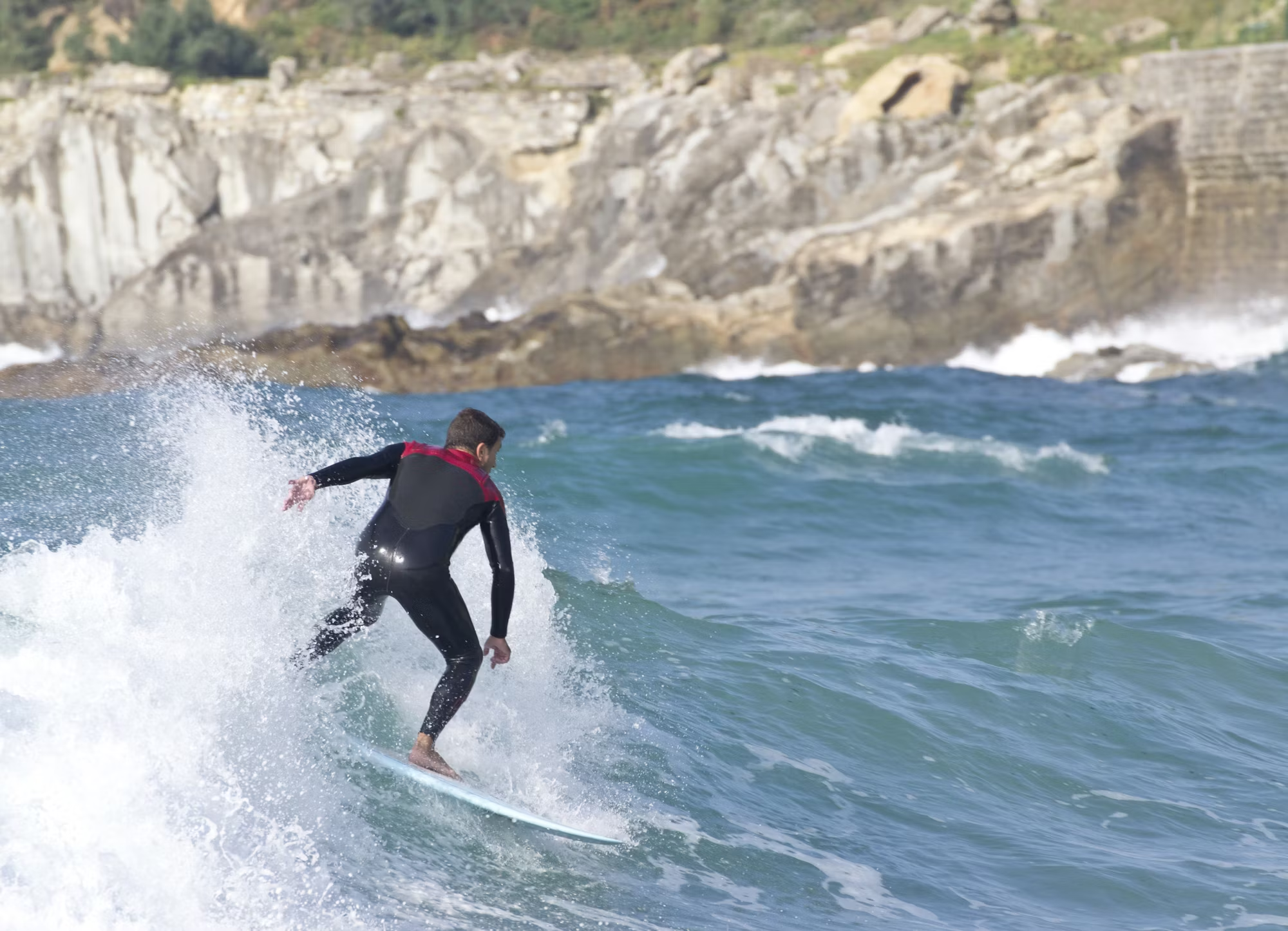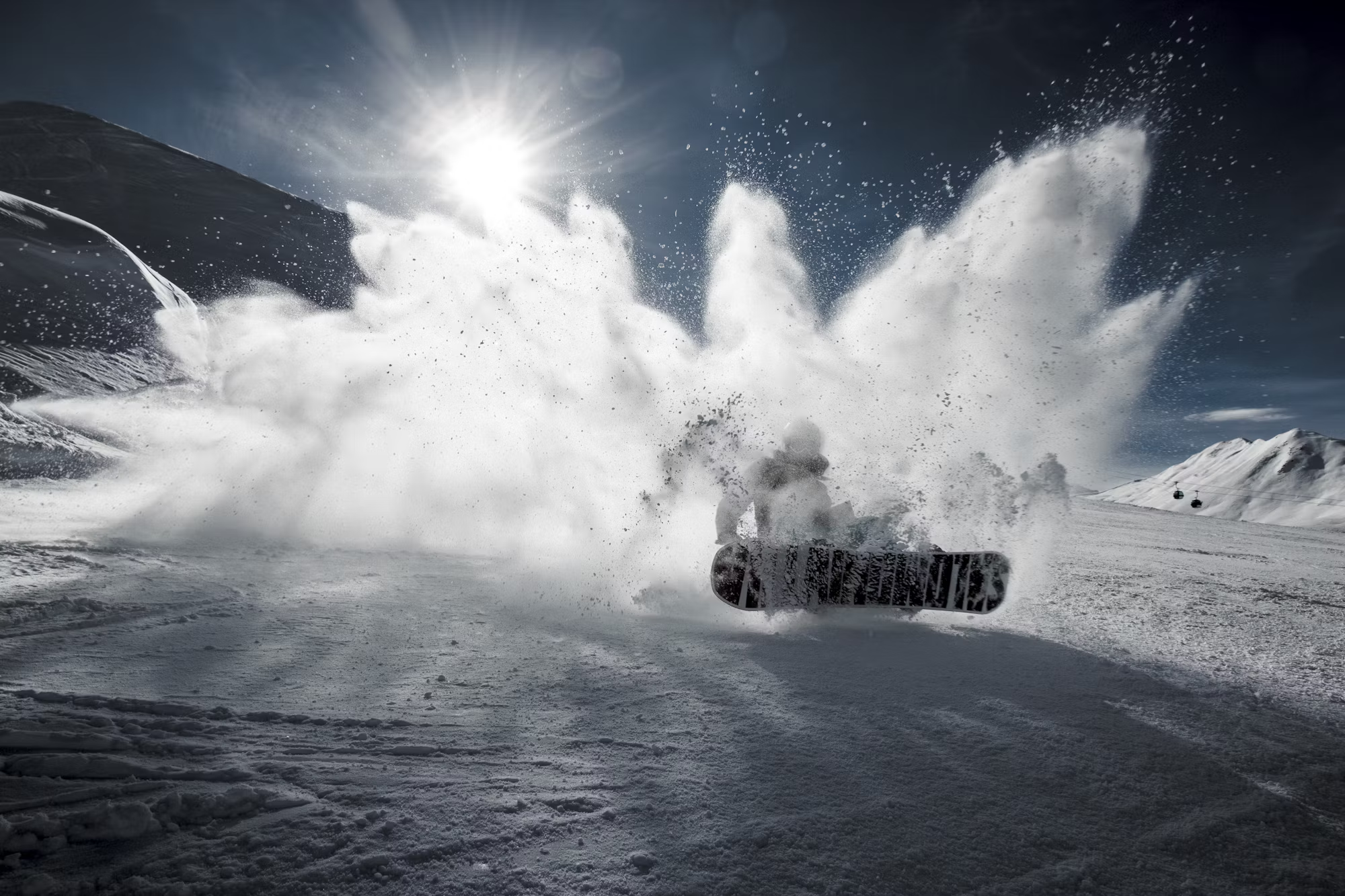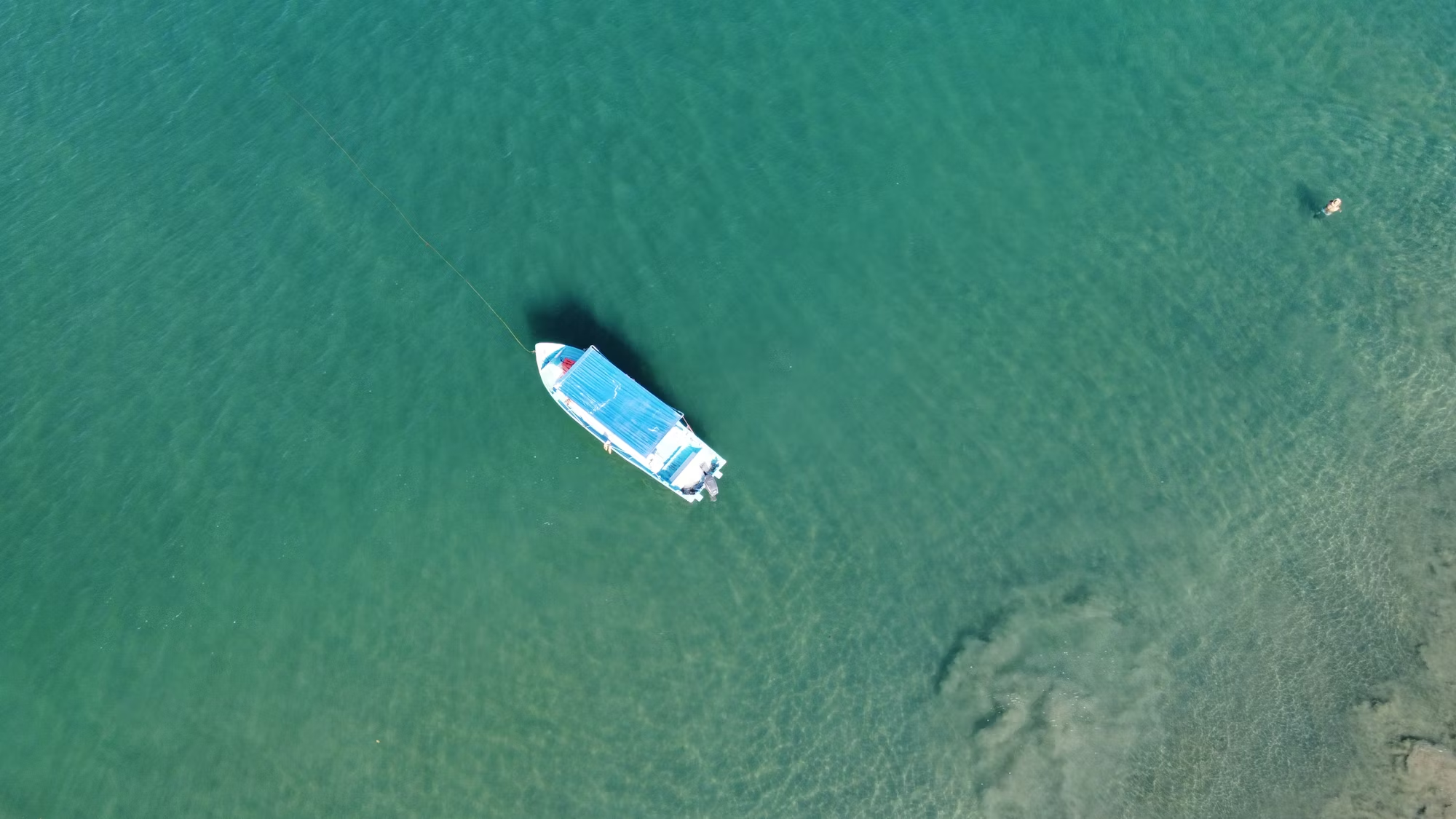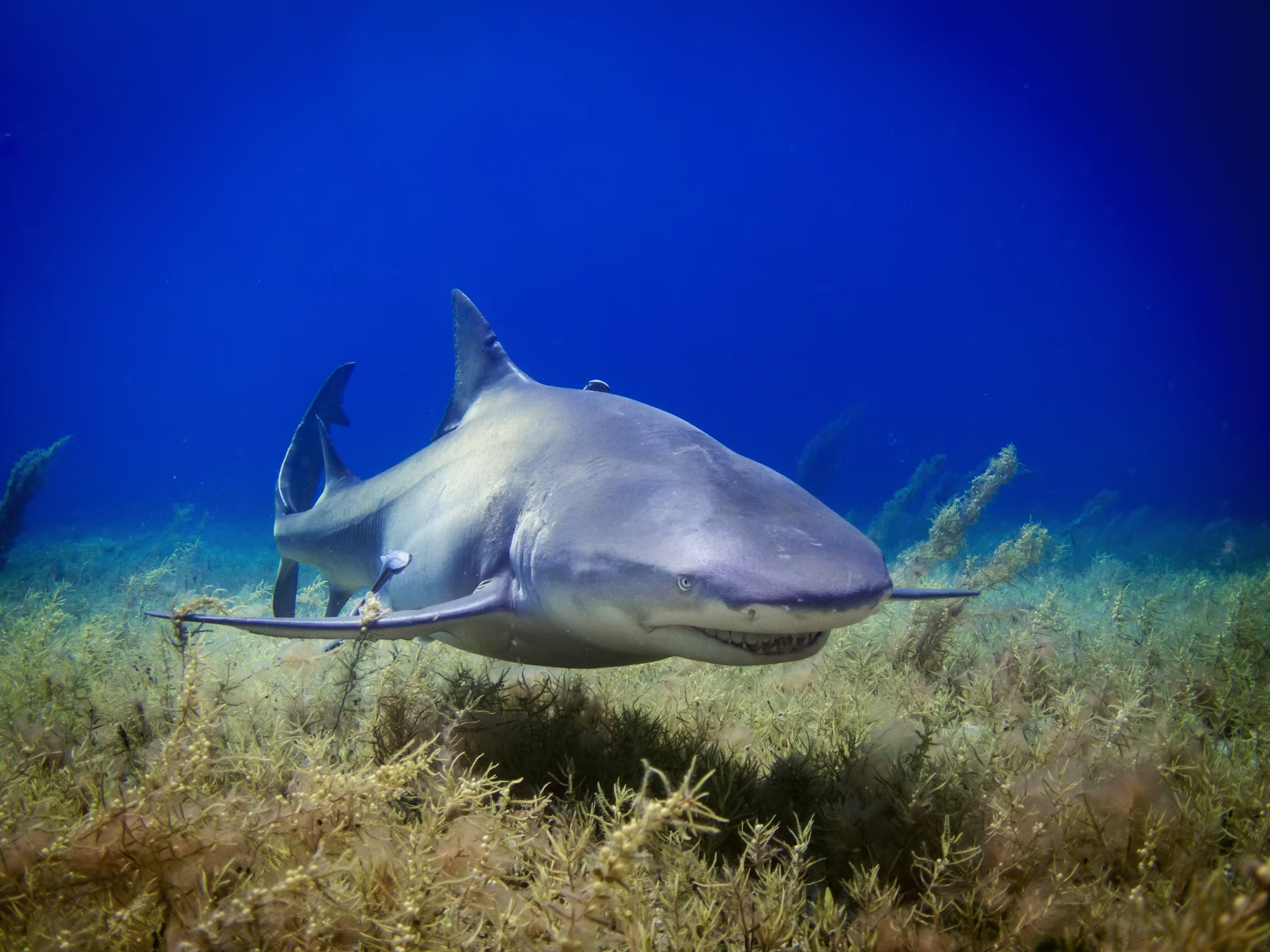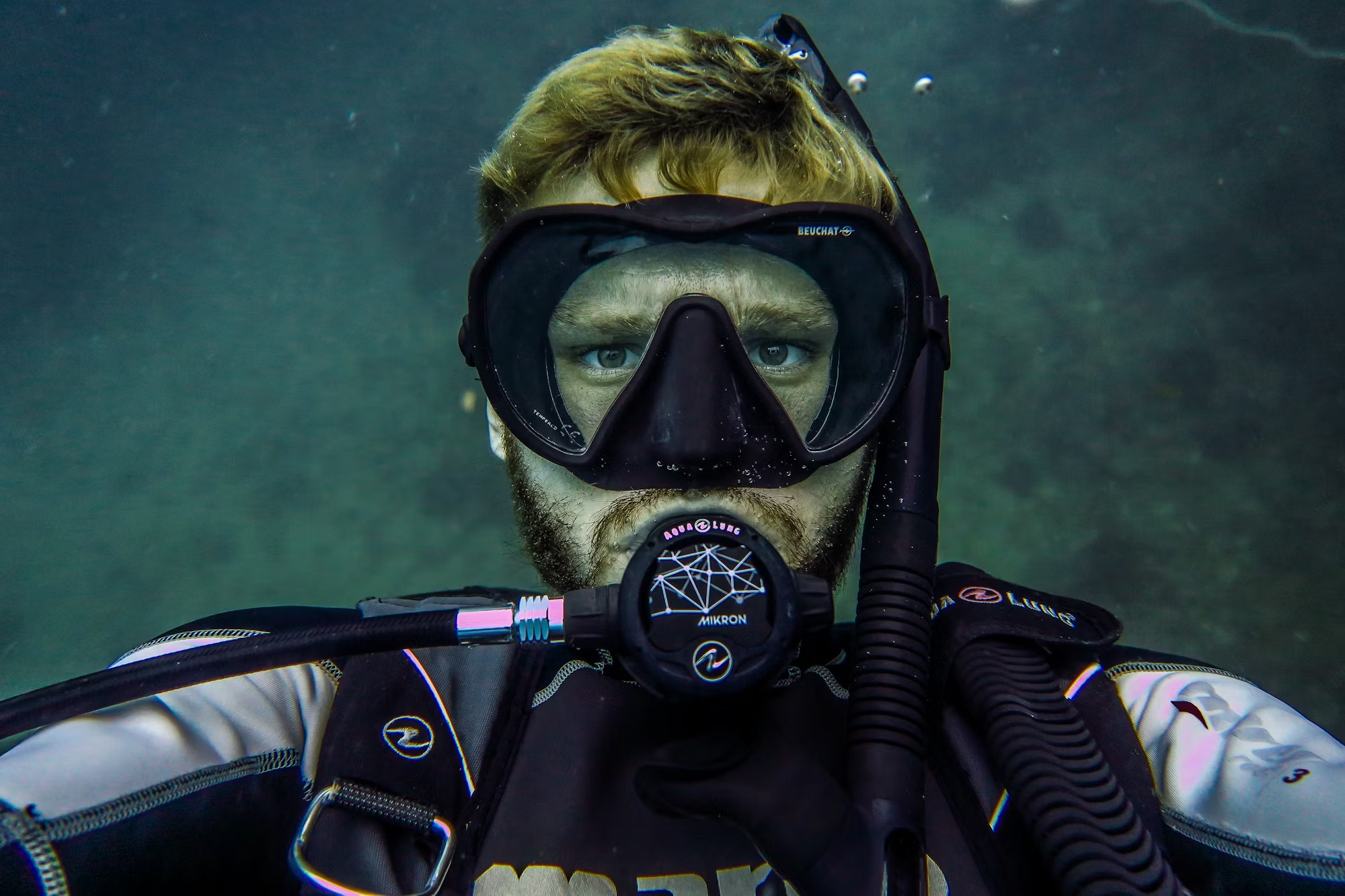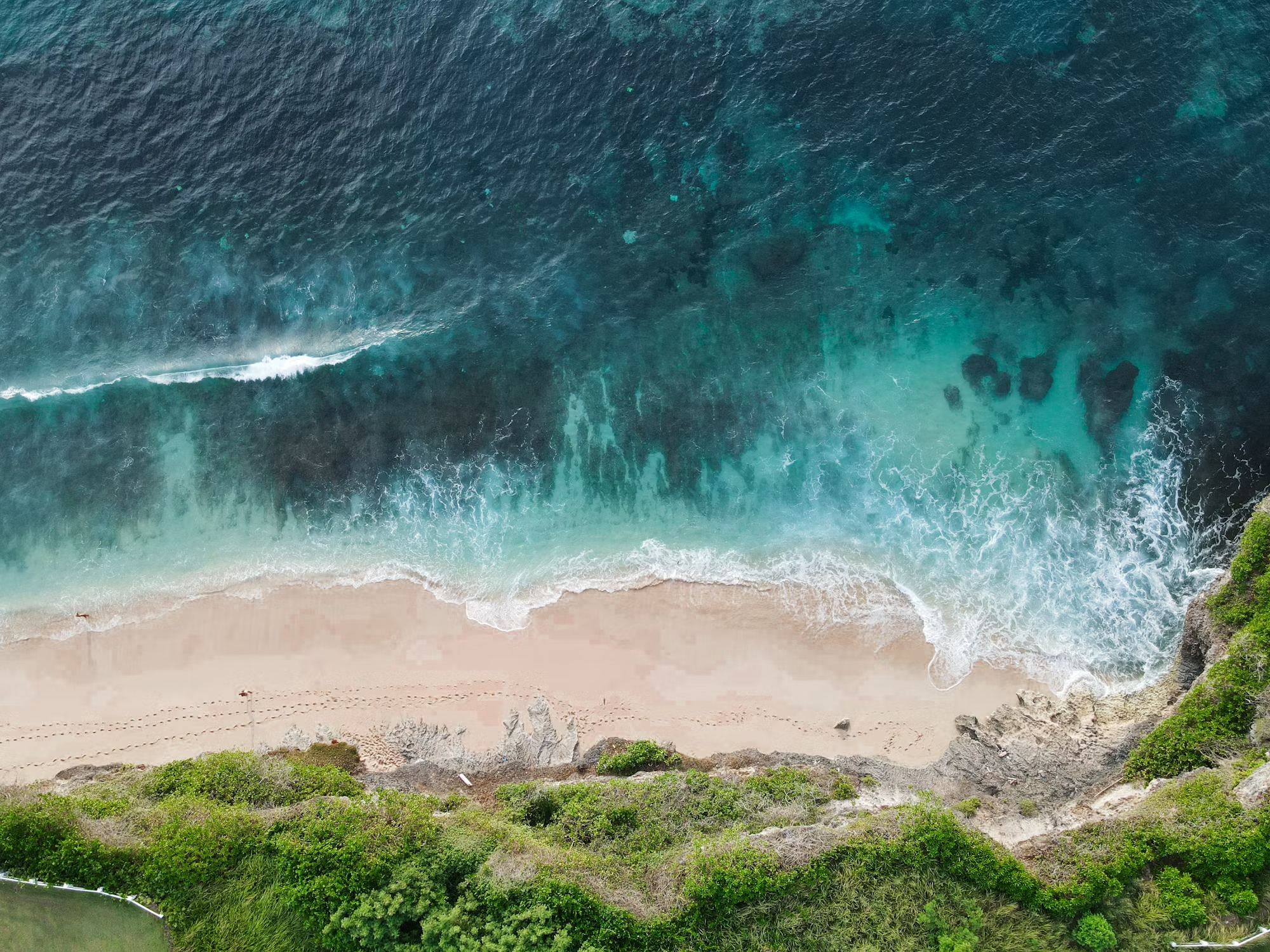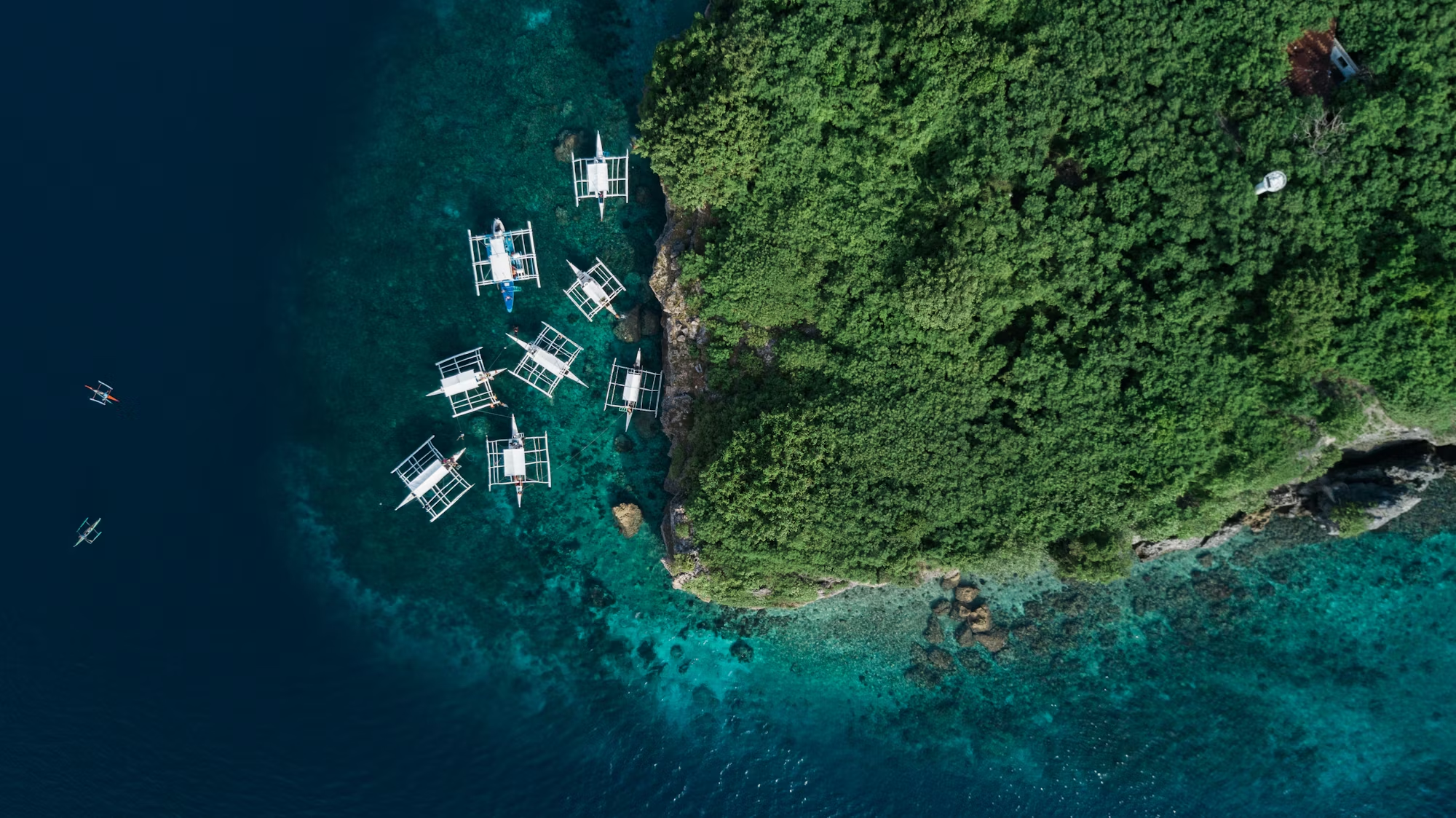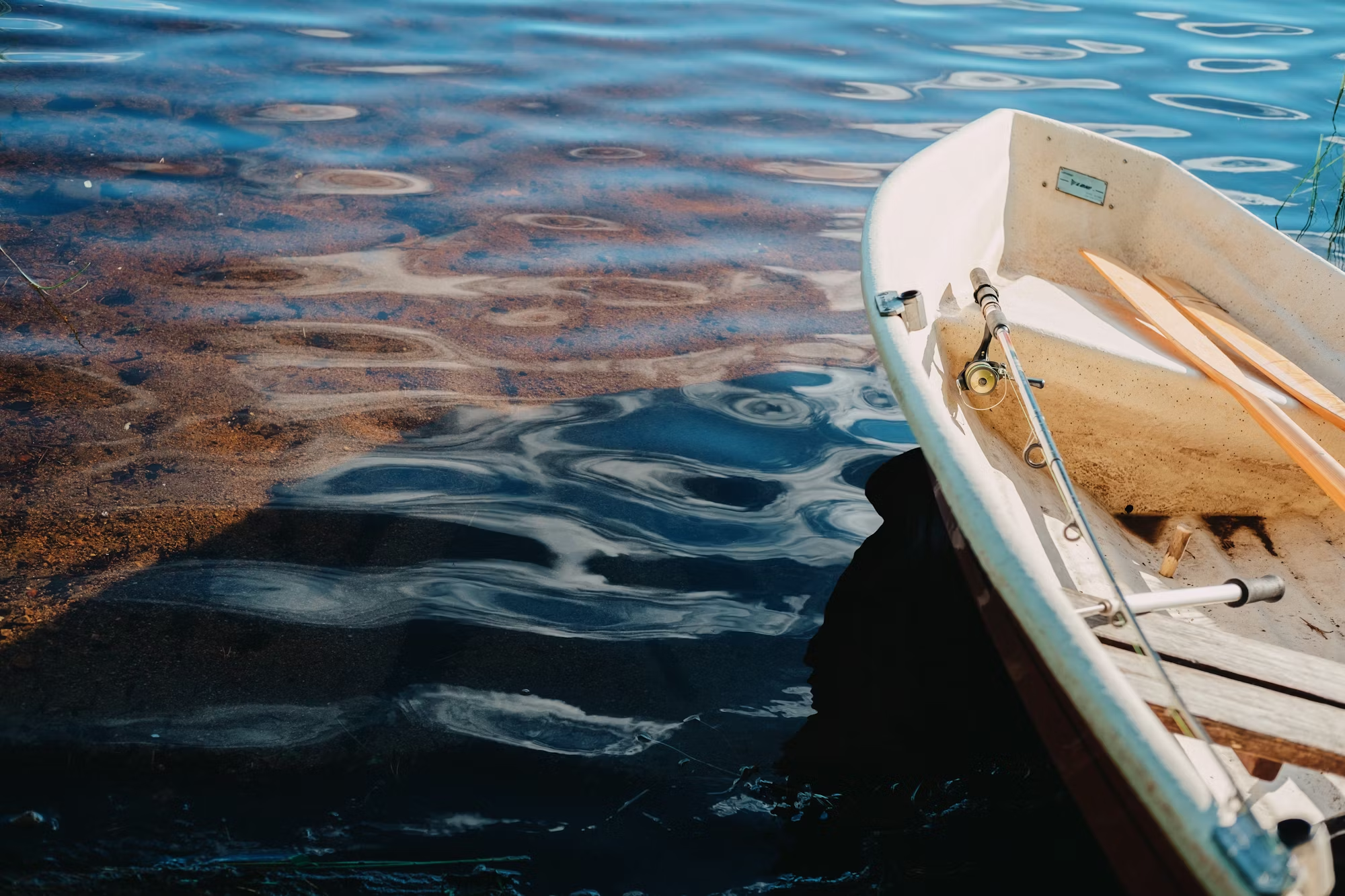Golf is a sport that combines skill, strategy, and precision, and the right equipment plays a crucial role in a player’s success on the course. With a wide range of clubs, balls, and accessories available, understanding each component’s purpose and function can significantly enhance performance and enjoyment. This comprehensive guide delves into the essential types of golf equipment, offering insights that can help players make informed choices.
1. The Essential Golf Clubs
At the heart of every golfer’s arsenal lies their set of clubs. Different types of clubs are designed for various shots and situations, each playing a unique role in a golfer’s performance.
– Drivers: The driver is typically the longest club in a golfer’s bag, designed for maximum distance off the tee. Drivers usually have a large clubhead and a long shaft, allowing players to achieve high swing speeds. When selecting a driver, consider factors such as loft, shaft flex, and overall weight to find a club that complements your swing style.
– Irons: Golfers often have a set of irons that includes numbered clubs ranging from 3 to 9. Irons are versatile clubs used for a variety of shots, from approach shots to chipping around the green. Each iron has a different loft, affecting distance and trajectory. For example, a 7-iron is typically used for mid-range shots, while a 9-iron is better suited for shorter distances. Choosing the right set of irons can greatly impact accuracy and control.
– Wedges: Wedges are specialized irons designed for short, high shots. Common types include pitching wedges, sand wedges, and lob wedges. These clubs excel in situations where precision is critical, such as hitting out of bunkers or approaching the green. Understanding the bounce and loft of each wedge is vital for selecting the right club for specific shots.
– Putters: The putter is arguably the most important club in a golfer’s bag, used exclusively on the green. Putters come in various styles, including blade and mallet designs, each offering different benefits in terms of feel and control. Finding a putter that suits your stroke style and provides confidence on the greens can make a significant difference in overall performance.
2. Choosing the Right Golf Balls
Golf balls are another critical component of the game, impacting distance, spin, and control. Understanding the different types of golf balls available can help players choose the right one for their skill level and playing style.
– Two-Piece Balls: Ideal for beginners, two-piece balls are designed for distance and durability. These balls typically have a solid core and a tough outer cover, making them less prone to damage. While they may lack the advanced spin capabilities of higher-end balls, they provide excellent distance and a forgiving feel.
– Three-Piece Balls: Three-piece balls offer a balance of distance and control, making them suitable for intermediate players. With a core, a layer for added spin, and a cover, these balls provide improved feel around the greens while still offering distance off the tee.
– Four-Piece Balls: Designed for advanced players, four-piece balls provide enhanced control and spin. These balls typically feature a complex construction that allows for greater customization of flight characteristics. Players who prioritize shot-making ability and spin around the greens will benefit from these high-performance options.
3. The Importance of Accessories
In addition to clubs and balls, various accessories can enhance a golfer’s experience on the course. From bags to apparel, these items play a significant role in comfort and performance.
– Golf Bags: A good golf bag is essential for transporting clubs and accessories. Options include stand bags, cart bags, and travel bags. Each type serves different needs, from lightweight options for walking to larger bags with ample storage for equipment. Consider your playing style and the courses you frequent when selecting a bag.
– Golf Gloves: Wearing a golf glove can enhance grip and prevent blisters. Gloves are typically made of leather or synthetic materials and come in various sizes. Choosing the right glove ensures comfort and improved control during swings.
– Shoes: Proper footwear is crucial for maintaining balance and stability during swings. Golf shoes are designed with specialized traction to provide grip on the course. When selecting shoes, consider comfort, fit, and the type of course conditions you frequently encounter.
– Tees: Tees are small but essential accessories that help elevate the ball for a cleaner strike. Available in various materials and lengths, choosing the right tee can aid in achieving optimal launch conditions. Consider experimenting with different types to find what works best for your game.
4. Technology in Golf Equipment
The advancement of technology has transformed the golf industry, leading to innovative designs and features that enhance performance. Understanding these technologies can help players make more informed equipment choices.
– Adjustable Clubs: Many modern drivers and woods feature adjustable hosels that allow players to customize loft and lie angles. This adaptability can significantly impact ball flight and distance, enabling players to fine-tune their clubs to suit their swing characteristics.
– Launch Monitors: These devices measure key performance metrics such as ball speed, launch angle, and spin rate. Utilizing a launch monitor can provide valuable data to optimize equipment selection and improve swing mechanics. Many golf shops and fitting centers offer access to this technology for players looking to enhance their game.
– Golf Simulators: For those who want to practice indoors, golf simulators provide a realistic experience. These systems use advanced sensors to track shots and simulate various courses, allowing players to practice year-round regardless of weather conditions. Investing in a simulator can be a game-changer for dedicated golfers.
5. The Role of Club Fitting
Club fitting is a crucial process that ensures players have the right equipment tailored to their unique swing characteristics. Getting fitted for clubs can greatly enhance performance and comfort on the course. During a fitting session, factors such as swing speed, ball flight, and personal preferences are taken into account to determine the ideal club specifications.
Conclusion
In the world of golf, the right equipment can make all the difference in a player’s performance and enjoyment of the game. From selecting the appropriate clubs and balls to understanding the importance of accessories, each component plays a vital role in shaping a golfer’s experience. By taking the time to explore the various options and investing in quality equipment, players can elevate their game and find greater satisfaction on the course. Whether you’re a beginner or an experienced player, understanding and choosing the right golf equipment is a journey that can enhance not only your performance but also your love for the game.

